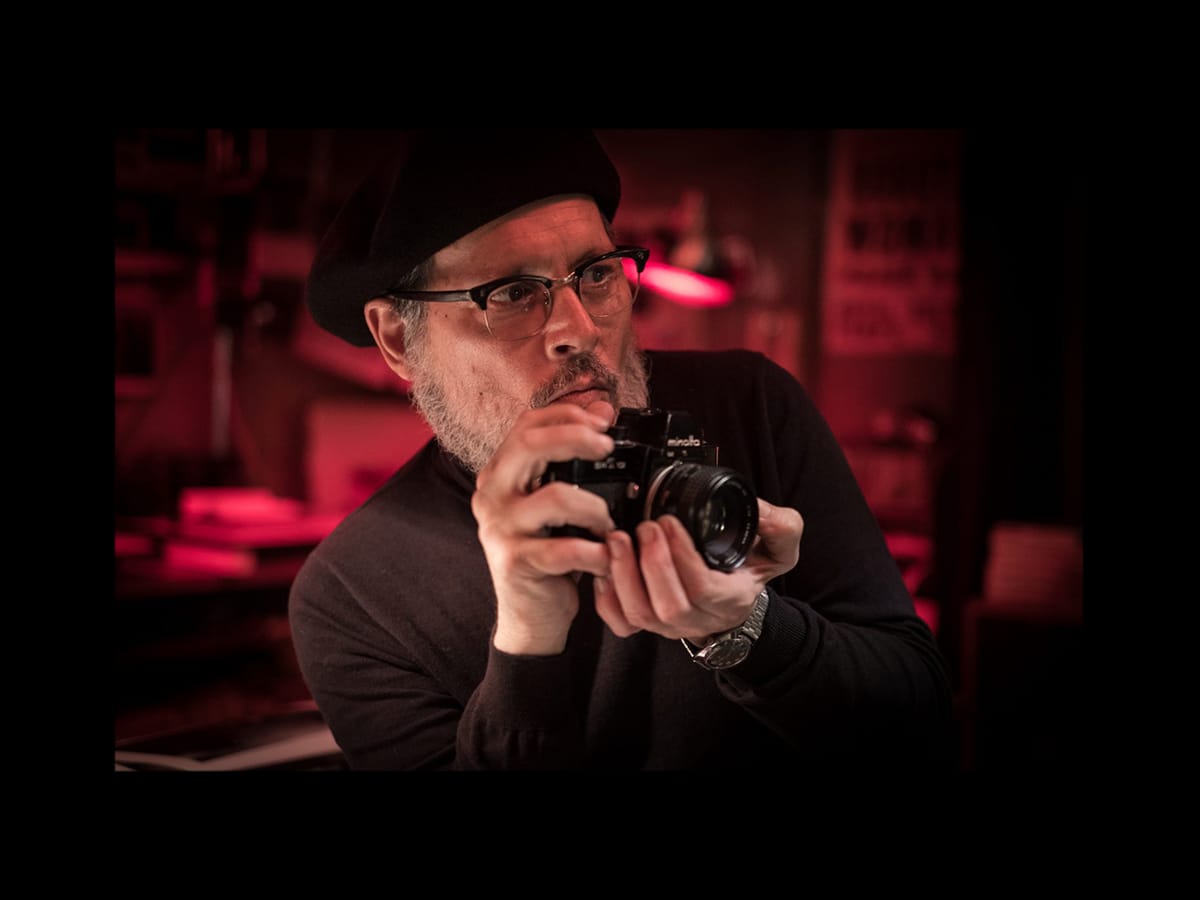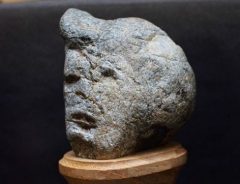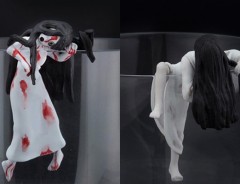
Source: Johnny Depp playing W. Eugene Smith in Minamata Film, © Larry Horricks | Photo courtesy of © JAPAN Forward
‘Minamata’: Author Aileen Smith Talks About the Book and the Johnny Depp Movie
- Tags:
- Aileen Smith / Johnny Depp / Minamata / Movie / W. Eugene Smith
Related Article
-

Inside Japan’s Museum Of Strange Rocks That Look Like Human Faces
-

How to Make Hina’s Egg Fried Rice with Pea Shoots in “Weathering with You”
-

Sadako And Kayako Cup Clingers Will Give Your Drink The Chills
-

Running time for final Evangelion film revealed, set to be longest of all Evangelion films
-

McDonald’s Japan Invites You To Visually Taste Their New Burger In 4D Film
-

The New ‘One Piece’ Movie Has Grossed Over 15 Billion Yen – Behind the Scenes of Its Success


“The mercury poisoning in Minamata affected even children, and resulted in congenital cases. “It’s not like they ate the fish. It penetrated through the placenta,” said the author.
Arielle Busetto, JAPAN Forward
The story of the mercury poisoning in the town of Minamata in Kumamoto, Japan, is a powerful one, now told through a movie starring Johnny Depp. It is based on a book that Aileen Mioko Smith wrote with her then-husband, photojournalist W. Eugene Smith in 1975.
Anticipating the impact of the story on today’s environmentally conscious public, JAPAN Forward sat down with Aileen Smith, 71, in July to discuss her life with W. Eugene Smith, the process of Minamata becoming a reality, and what we can do about the environmental crisis going forward.
Aileen Mioko Smith sits down for an interview in July 2021. | Photo courtesy of © JAPAN Forward
It’s clear from talking to Aileen Smith that the memory of her husband has a special place in her heart. She refers to him as “Gene” with moving familiarity, and talks about the period of her life with him as “very dear to me.”
Documenting the mercury poisoning victims in Minamata in the 1970s was a monumental task in many ways for the people involved. It was the first work for Aileen, just in her 20s. It was the last major work by Eugene Smith in his 50s, after over 30 years of a prolific career at LIFE magazine, Newsweek, and TIME.
Aileen met Eugene in New York in 1970, when she worked as an interpreter for Fujifilm. The company had enlisted the photographer for a commercial.
The two grew close together, and she helped him prepare a retrospective on his work, a 600-print exhibition called Let Truth Be the Prejudice.
At the time, they encountered Kazuhiko Motomura, who was instrumental in bringing the exhibition to Japan. He was also the one who first told them about Minamata. He then invited Eugene to come photograph the people there.
(The film departs slightly from reality, as it portrays Aileen telling Eugene about Minamata.)
(...)
Written by Japan ForwardThe continuation of this article can be read on the "Japan Forward" site.
[Bookmark] ‘Minamata’: Author Aileen Smith Talks About the Book and the Johnny Depp Movie